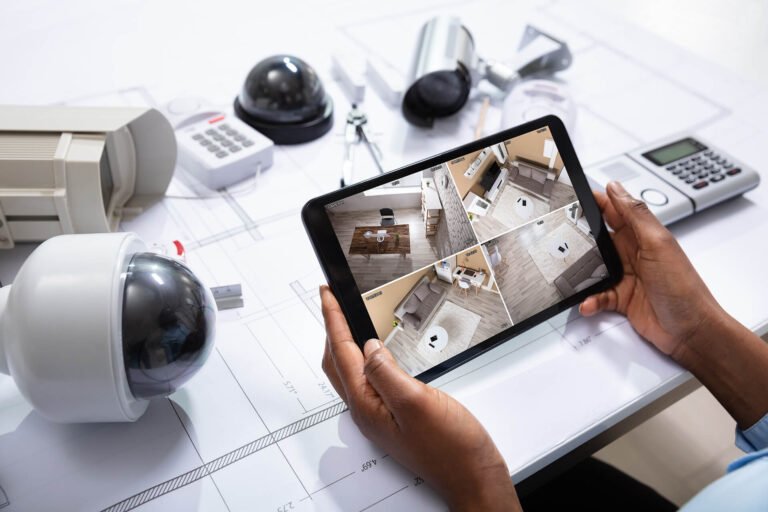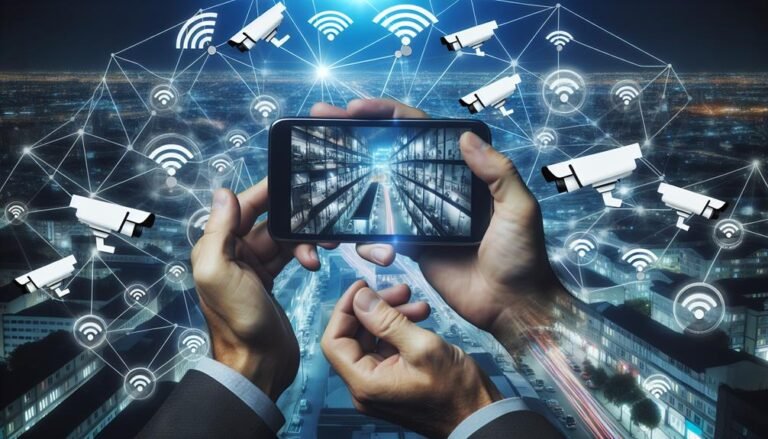Which Type of CCTV Camera Is Best for Home and Why?

For home security, dome cameras are your best bet. They offer a discreet design that blends into any décor while providing wide-angle coverage and adjustable lenses. Dome cameras are robust and weather-resistant, making them suitable for both indoor and outdoor…
